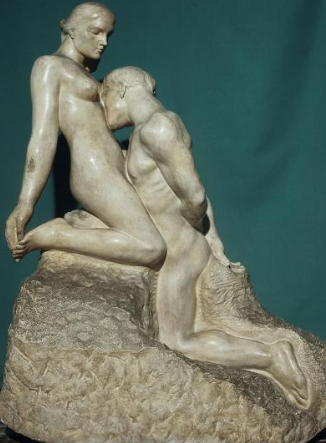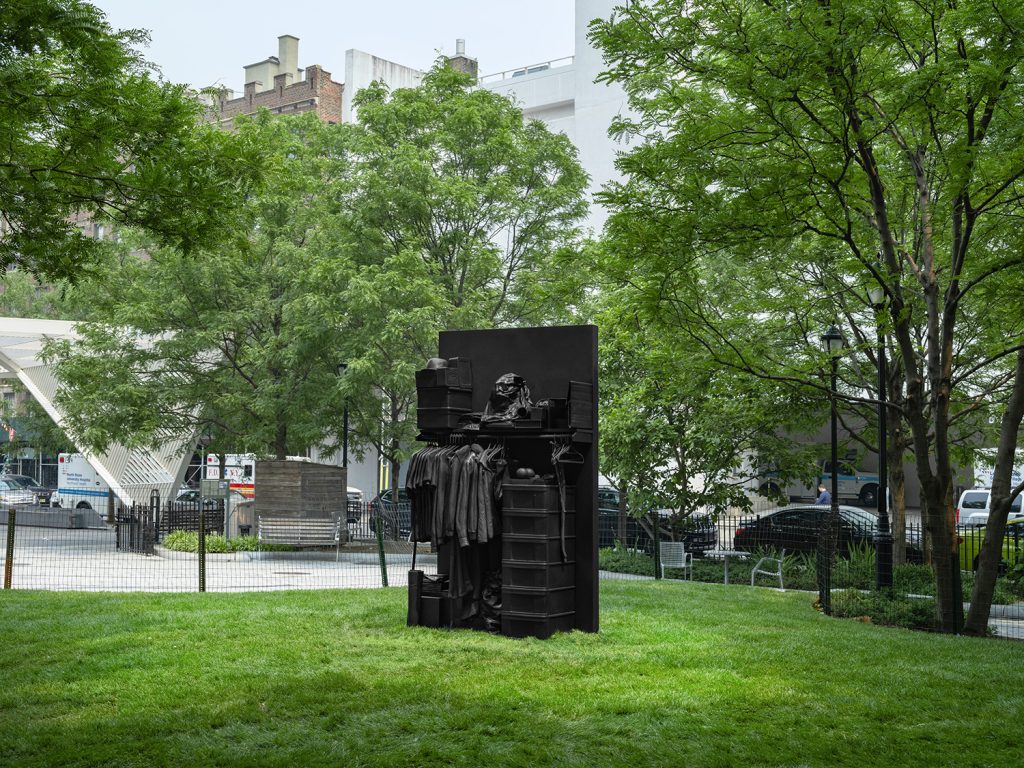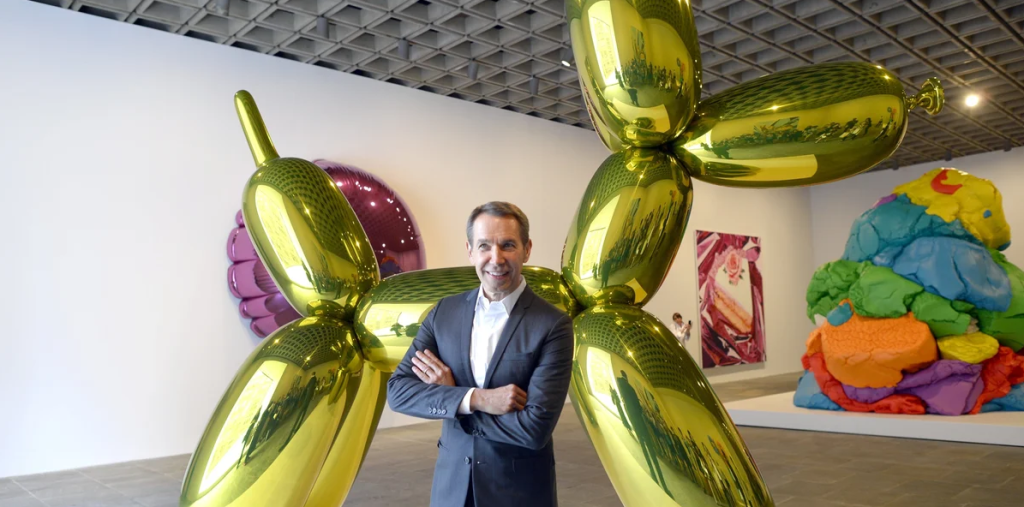Exploring the Allure of Auguste Rodin’s ‘L’Éternelle Idole’: A Timeless Masterpiece
Auguste Rodin is celebrated as one of history’s most influential sculptors, and his work “L’Éternelle Idole” stands as a testament to his artistic genius. This captivating sculpture represents themes of love, desire, and the essence of beauty, inviting viewers to delve into the human experience. Understanding “L’Éternelle Idole” not only enriches our appreciation for Rodin but also provides insight into the broader context of 19th-century art.
The Inspiration Behind “L’Éternelle Idole”
Rodin created “L’Éternelle Idole” in 1889, drawing inspiration from the enduring themes of romantic love and ideal beauty. The sculpture depicts a female figure with an almost ethereal quality, embodying the concept of an idolized lover. Rodin’s ability to convey emotion through form and texture is striking; the smooth contours of the figure contrast with the roughness of the base, symbolizing the complexity of desire. This duality invites viewers to reflect on their own interpretations of beauty, making the piece relatable across generations.
Technical Brilliance in Sculpture
Rodin’s technical skill is evident in every detail of “L’Éternelle Idole.” Unlike many of his contemporaries who favored classical perfection, Rodin embraced a more naturalistic style. His expertise in manipulating light and shadow enhances the sculpture’s three-dimensionality, creating an almost lifelike presence. Rodin’s use of bronze allows for a lasting quality, emphasizing the timelessness of the themes he explores. The piece not only showcases Rodin’s mastery of materials but also his innovative approach to sculpting the human form, setting a new standard for future artists.
The Impact of “L’Éternelle Idole” on Contemporary Art
“L’Éternelle Idole” continues to influence today’s artists, as it challenges conventional representations of beauty and emotion. Its exploration of idealized love resonates with modern viewers who seek deeper connections beyond physical appearances. Rodin’s work paved the way for future abstract movements, as artists began to explore more personal and subjective representations of their subjects. The sculpture serves as a reminder that art can evoke powerful emotional responses, encouraging us to confront our own feelings and experiences.
In Conclusion
Auguste Rodin’s “L’Éternelle Idole” is much more than a stunning sculpture; it’s a profound exploration of love, desire, and the human condition. By studying this masterpiece, we gain valuable insight into both Rodin’s artistic journey and the ways art can transform our understanding of beauty. If you’re intrigued by this timeless work, consider visiting a local museum or exploring online galleries to experience its allure for yourself.


